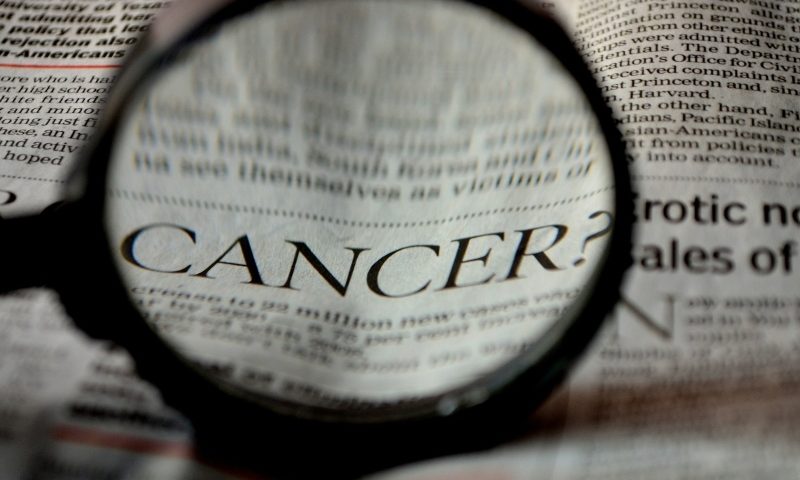Scientists have occasionally stumbled upon new uses for existing medicines. A team of scientists at the Broad Institute and the Dana-Farber Cancer Institute decided to take a more systematic approach to repurposing drugs, and in so doing they uncovered novel targets that could direct the development of new cancer drugs.
The team tested 4,518 drugs against 578 human cancer cell lines spanning 24 tumor types. Surprisingly, 49 drugs with no known anti-cancer properties emerged as having cancer-killing effects that can be linked to specific molecular features of the disease subtypes. Some of the compounds even hit targets that were not previously linked to anti-cancer applications, the researchers explained in a study published in the journal Nature Cancer.
“Most existing cancer drugs work by blocking proteins, but we’re finding that compounds can act through other mechanisms,” the study’s first author, Dana-Farber oncologist Steven Corsello, said in a statement. Some of the drugs activated a protein instead, or they stabilized a protein-protein interaction.
For example, the team found 11 drugs that killed cancer cells expressing the gene PDE3A. They accomplished that by stabilizing an interaction between PDE3A and another understudied protein called SLFN12. The drug group included known PDE3A inhibitors like anagrelide, a blood thinner that’s on the market, as well as tanaproget, a non-steroidal progesterone receptor agonist that Ligand Pharmaceuticals had been investigating as a potential contraceptive.
The researchers were also able to predict whether a drug could inhibit certain subsets of cancer cell lines using molecular features such as genetic mutations.
For example, Teva’s alcoholism drug Antabuse (disulfiram) killed cell lines carrying mutations that cause the depletion of proteins in the metallothionein family. The screen also revealed a strong correlation between the expression of the sulfate transporter SLC26A2 and the ability of compounds that contain the chemical vanadium to kill cancer cells. In cancer, SLC26A2 is broadly expressed, with particularly high levels found in melanoma and uterine cancers. Further analysis showed that SLC26A2 isn’t itself required for cancer survival, but its existence is essential for vanadium-based drugs to be able to maintain their cancer-killing ability.
These findings suggest that such molecular features could be leveraged as biomarkers to identify patients who will benefit the most from certain drugs, the team argued.
High expression of the gene encoding the ABCB1 transporter, also known as MDR1 or multidrug resistance protein 1, is linked to resistance to many cancer drugs. But the team showed that ABCB1-overexpressing cancer cells did respond to an FDA-approved drug called tepoxalin, which is used to treat osteoarthritis in dogs. After performing genome-wide CRISPR-Cas9 screenings, the researchers confirmed that ABCB1 inhibition indeed gives tepoxalin the ability to kill cancer, though the mechanism is yet to be fully understood.
Discoveries related to drug repurposing are often serendipitous. A research team led by the University of Chicago found that a combination of popular diabetes drug metformin and porphyria therapy hemin can suppress the growth of triple-negative breast cancer.
Corsello’s team made use of Broad’s Drug Repurposing Hub, a collection of compounds established to enable researchers to screen existing drugs for alternate disease-fighting properties. In the future, the researchers hope to scan the library against more cancer cell lines and to add even more drugs that are either FDA-approved or have been proven safe in humans.
“The genomic features gave us some initial hypotheses about how the drugs could be acting, which we can then take back to study in the lab,” Corsello said in the statement. “Our understanding of how these drugs kill cancer cells gives us a starting point for developing new therapies.”

